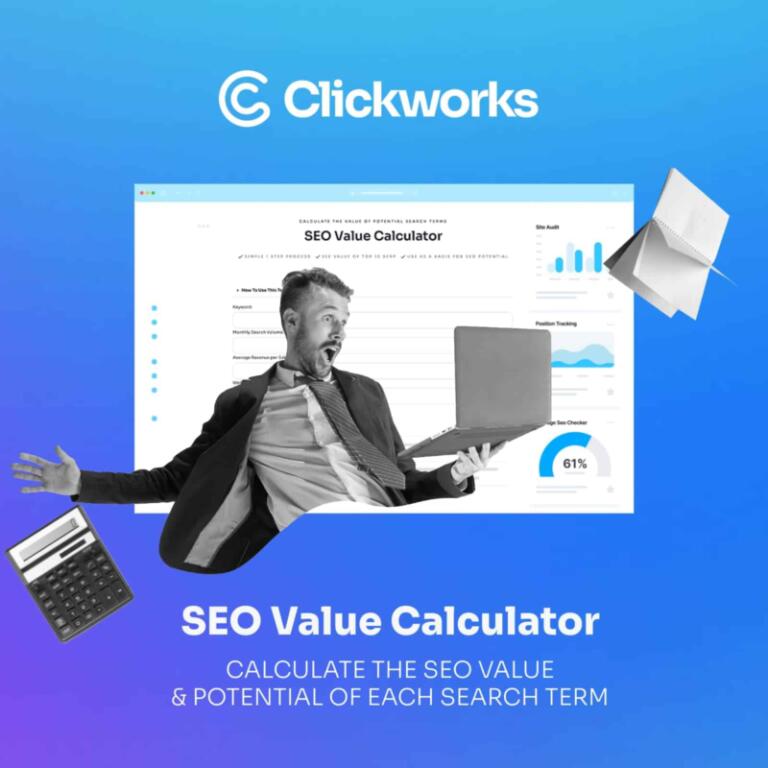Maximizing Your Online Visibility with On-Page Optimization: A Comprehensive Guide to On-Page SEO and Best Practices
Introduction
On-Page Optimization (OPO) is an essential component of Search Engine Optimization (SEO) and is essential for a website to be successful. It is the process of optimizing individual web pages in order to rank higher and earn more relevant traffic in search engines. It involves optimizing content, HTML code, images, and URL structure of a website for better visibility and ranking in search engine results. An effective On-Page Optimization strategy can help increase a website’s visibility and organic search engine traffic. This comprehensive guide will provide an overview of On-Page Optimization benefits, outline the best practices, and provide helpful strategies and elements for achieving success in the digital space.
On-Page SEO Factors
On-page optimization is the process of optimizing the elements on your website for search engines. This includes optimizing content, site structure, keywords, meta tags, internal links, and images. All of these factors play an important role in improving the visibility of your website in search engine results.
Content quality is an important factor in on-page optimization. Content should be well-written, relevant, and comprehensive. Site structure should be organized in a way that is easy for search engine spiders to crawl. Keyword research should be used to identify the best phrases to target for organic search engine rankings. Meta tags should be optimized with relevant keywords to improve click-through rates. Internal links should be used to create a good website hierarchy and to improve navigation. Image optimization should also be considered for better engagement with visitors.
On-Page SEO Services
Professional SEO services are an effective way to make sure your website is optimized for search engines. They can help you identify the best strategies for your website and provide recommendations for on-page optimization. Services can include content creation, keyword research, meta tags, internal links, image optimization, and more. Additionally, an SEO audit can be conducted to identify any issues with your website, such as duplicate content or broken links, and provide solutions. Professional services can also provide more detailed strategies such as link building, social media campaigns, and mobile optimization.
On-Page SEO Strategies
On-Page SEO strategies are the tactics used to optimize a page or website for the purpose of improving its visibility and rankings in search engine results pages (SERPs). When it comes to on-page optimization, there are several strategies that can help increase visibility and rankings. These include segmented content, link building strategies, social media strategies, and mobile optimization strategies.
Segmented content involves creating targeted content pieces for different users and audiences. This helps create a better user experience and increases the chances of higher engagement and conversions. Link building strategies involve creating quality backlinks from authoritative sources to improve website rankings. Social media strategies involve creating and sharing content on social media platforms to increase engagement and visibility. Mobile optimization strategies involve optimizing the website for mobile users, including optimizing loading speeds, optimizing for mobile keywords, and creating mobile-friendly layouts. Each of these strategies can help improve on-page SEO and visibility.
On-Page SEO Elements
On-page SEO elements are the core components of any website. Without them, search engine algorithms won’t be able to determine the relevance of the page and the content. When it comes to on-page optimization, the most important elements are title tags, URL structure, headings, page loading speed, and schema markup.
Title tags are the titles of each page on your website. They should be concise and contain the primary keyword or phrase. URLs should be structured and contain readable words that define the page. Headings should also include the primary keyword and be meaningful. Additionally, page loading speed is a crucial factor for SEO and should be optimized for the best user experience. Finally, schema markup helps search engines understand the context and content of the page and should be used to your advantage.
On-Page SEO Best Practices
For effective on-page optimization, there are certain best practices that must be followed. Proper use of keywords is an essential practice, as is creating mobile-friendly designs. Quality content is also key, so don’t sacrifice quality for quantity. In addition, content should be updated regularly, and image alt text should be used to make your pages accessible to those with visual impairments. Lastly, page loading speed should be optimized to ensure a good user experience. Following these best practices will ensure your website is optimized for maximum visibility.
Conclusion
On-Page Optimization is an important aspect of any online presence. It helps to increase your visibility and ensure your content is seen and appreciated by the right audience. When done correctly, it can help to increase search engine rankings, generate more organic traffic, and improve user experience.
In this comprehensive guide, we have outlined the key elements of On-Page Optimization, including the SEO factors, services, strategies, elements, and best practices. By applying these techniques and tips, you can maximize your online visibility and better connect with your target audience.




